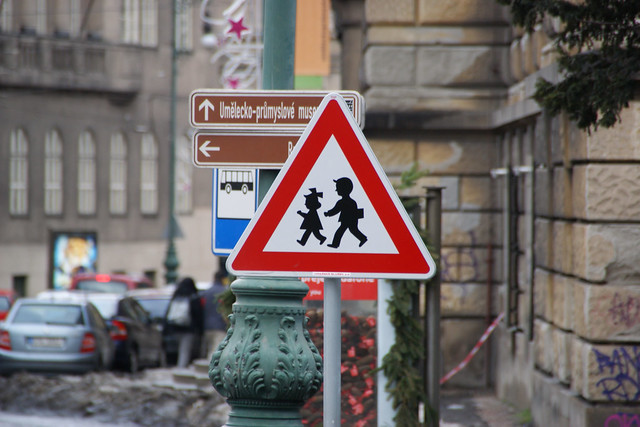By Masoumi, Houshmand, E.; Zanoli, Gabriele; Papageorgiou, Athanasios; Smaga,
Soultana; Miloš, Ana; Van Rooijen, Martin; Łuczak, Monika; Komorek, Joanna;
Çağan, Birol; Calabrese, Carla; E. Jamerson, Gordon; Patsakas, Georgios;
Parisopoulos, Georgios; Meimaridis, Ioannis; Anagnostaras, Konstantinos;
Perrostis, Andreas; Dessi, Eleni; Družeta, Toni; Udović, Tatjana; Daams, Ingmar;
Drużek, Paweł, and Dalcı, Ahmet
Problem: A number or researchers have recently focused on the interdisciplinary topic of active transportation of children and adolescents, their physical activity, and their body weight as an important aspect of their health. Such studies have been dominantly undertaken in a specific geographical context. Lack of contextual studies necessitates data collection with samples covering different countries and/or regions applying a uniform methodology. Such a lack of data is observed in both Europe and overseas.
Objective: This survey attempts to collect dissaggregate data about the travel behaveior of children of 9-12 years of age and their parents, children’s body specifications, and their households characteristics as well as aggregate data about the built environment of their school.
Method: direct questioning based on a standard questionnaire consisted of 26 questions was conducted in spring and summer of 2016 in nine cities in seven European countries (Foggia, Italy; Berlin, Germany; Thessaloniki, Greece; Rijeka, Croatia; Utrecht, The Netherlands; Łódź, Poland, Konstantynow, Poland; Malatya, Turkey, and Doğanşehir, Turkey).
Results: Out of 2735 children handed out the questionnaires, the parents of 1424 schoolchildren filled out the questionnaires, 1304 of which were validated and kept for analysis. This makes an overall response rate of 52.07 percent. In this report, the researchers of M.A.P.S. project have provided detailed descriptive findings separately for each case-study citiy as well as for the whole cities together as one sample.
Objective: This survey attempts to collect dissaggregate data about the travel behaveior of children of 9-12 years of age and their parents, children’s body specifications, and their households characteristics as well as aggregate data about the built environment of their school.
Method: direct questioning based on a standard questionnaire consisted of 26 questions was conducted in spring and summer of 2016 in nine cities in seven European countries (Foggia, Italy; Berlin, Germany; Thessaloniki, Greece; Rijeka, Croatia; Utrecht, The Netherlands; Łódź, Poland, Konstantynow, Poland; Malatya, Turkey, and Doğanşehir, Turkey).
Results: Out of 2735 children handed out the questionnaires, the parents of 1424 schoolchildren filled out the questionnaires, 1304 of which were validated and kept for analysis. This makes an overall response rate of 52.07 percent. In this report, the researchers of M.A.P.S. project have provided detailed descriptive findings separately for each case-study citiy as well as for the whole cities together as one sample.
More about urban planning and children's health:

No comments:
Post a Comment